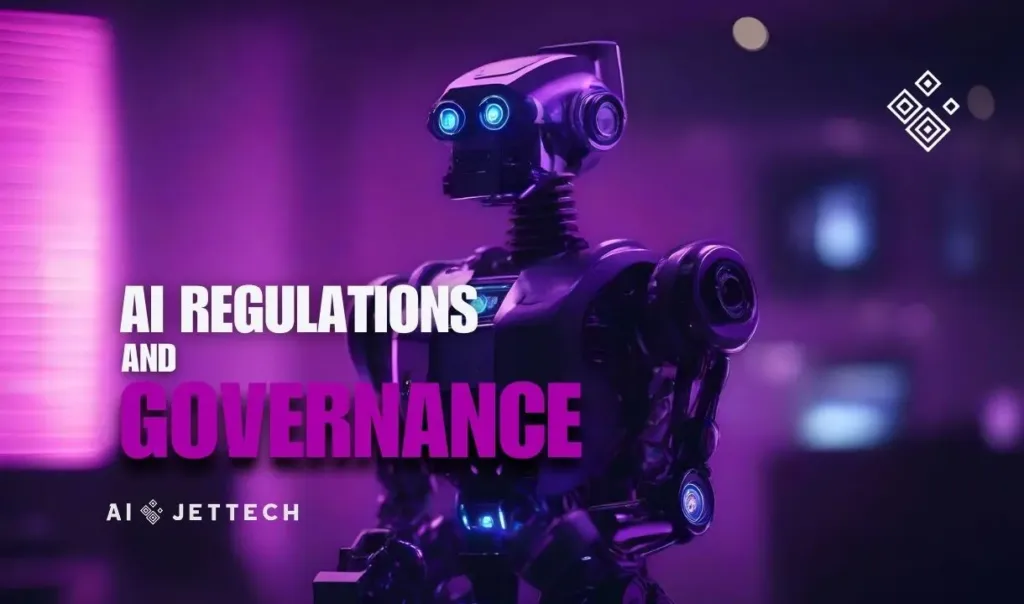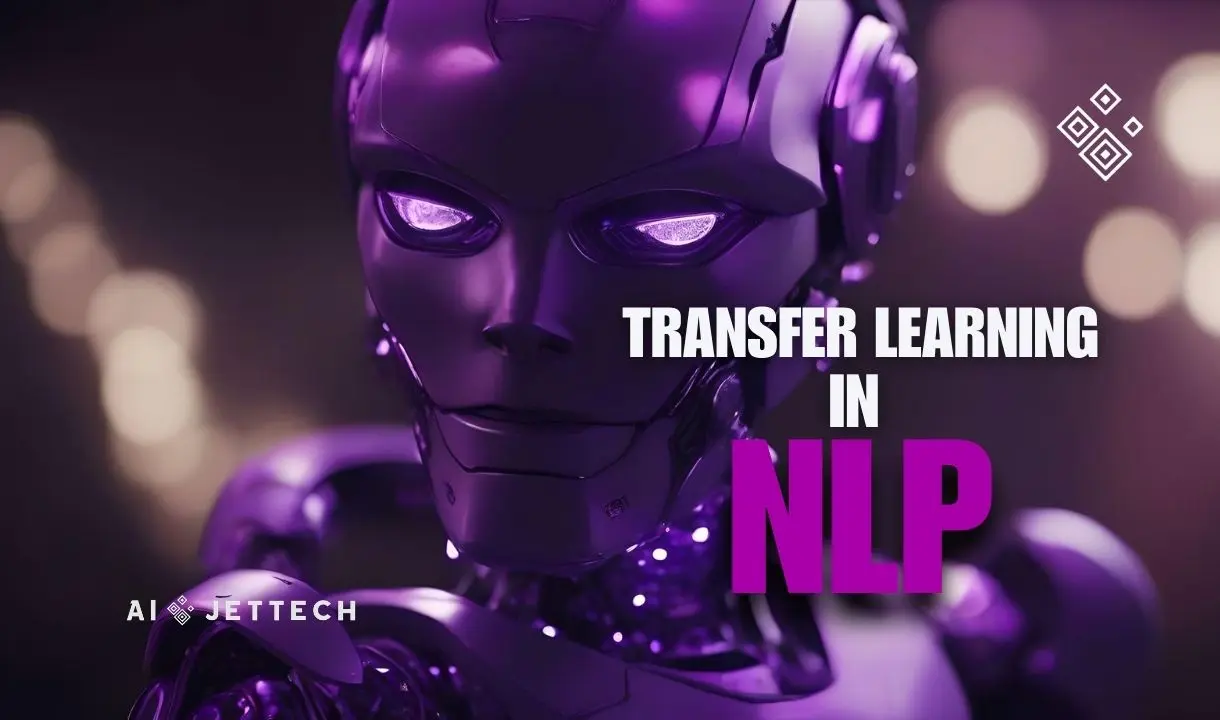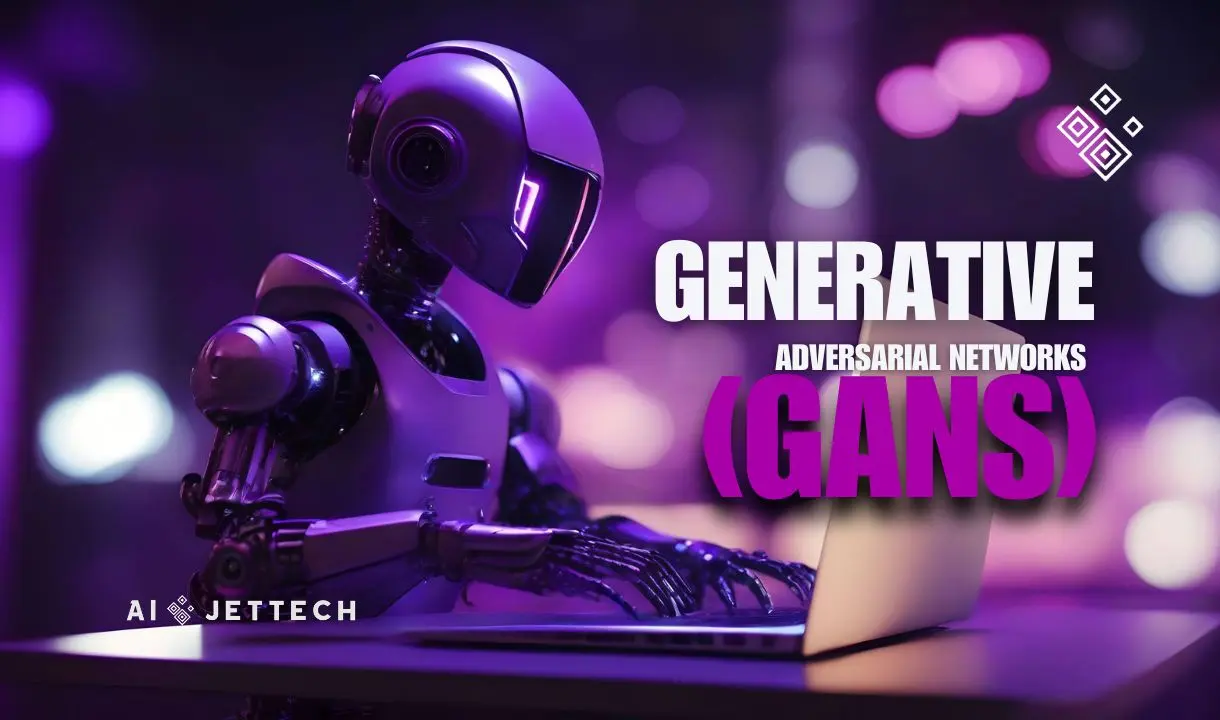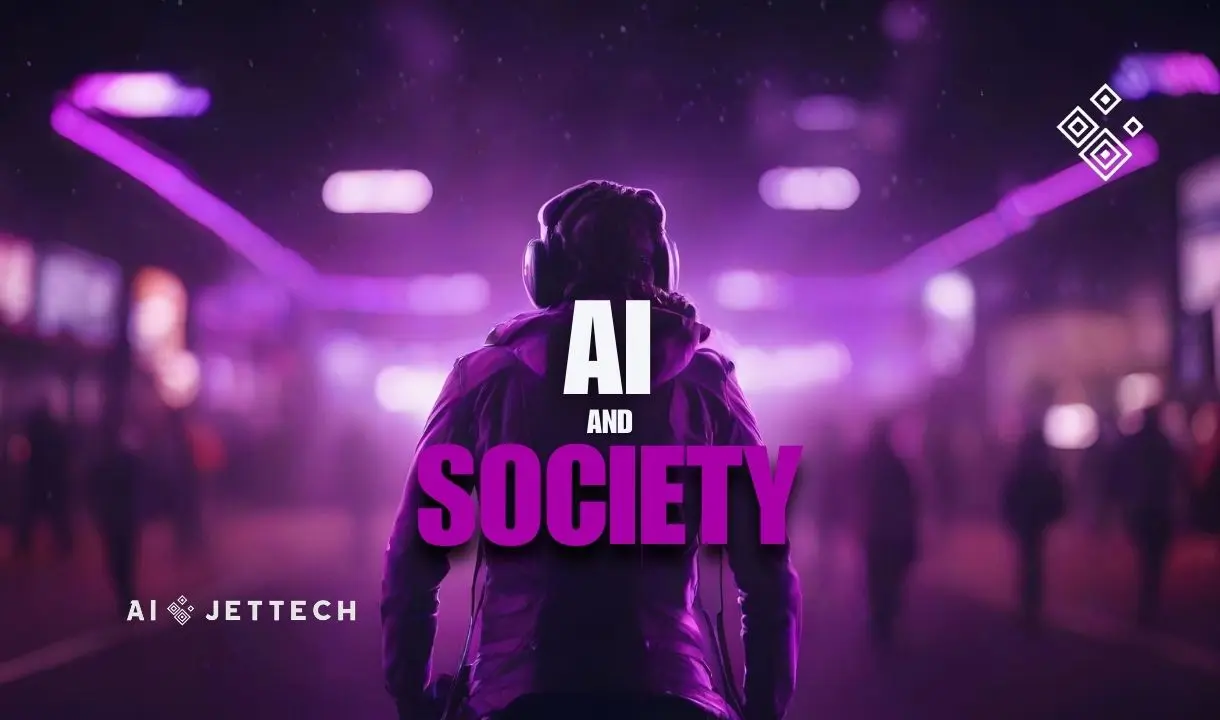What is a regulation in artificial intelligence?
The landscape of artificial intelligence (AI) is as dynamic as it is revolutionary, weaving into the very fabric of our daily lives and reshaping the boundaries of what’s possible. Yet, with great power comes the undeniable need for regulation and governance. This necessity is not born out of a desire to stifle innovation but to ensure that the development and deployment of AI technologies occur within a framework that protects, empowers, and respects all stakeholders involved.
National and International regulations
At the heart of AI governance lies a complex mosaic of national and international regulations, each piece reflecting the unique needs, values, and visions of its creators. These regulations serve as the guardrails on the highway of AI innovation, guiding it towards beneficial outcomes while safeguarding against potential harms.
- National Regulations: Individual countries are crafting laws and guidelines that reflect their specific socio-economic contexts and ethical values. For instance, the European Union’s General Data Protection Regulation (GDPR) sets a global benchmark for privacy and data protection, including AI’s use of personal data. Meanwhile, countries like China and the United States are focusing on fostering innovation while also addressing issues like privacy, security, and fairness.
- International Collaborations: Recognizing that AI’s impact knows no borders, there are growing efforts to establish international frameworks and agreements. Organizations such as the United Nations, the OECD (Organisation for Economic Co-operation and Development), and the IEEE (Institute of Electrical and Electronics Engineers) are at the forefront, facilitating dialogues and setting guidelines that aim to harmonize AI regulations across countries. These efforts ensure that as AI technologies travel across the globe, they adhere to universally agreed-upon standards of ethics and safety.
Best practice for ethical AI development and deployment
Beyond the formal regulations, there is an equally important informal tapestry woven from the best practices for ethical AI development and deployment. These practices are the moral compass guiding AI practitioners, ensuring that their creations not only comply with laws but also align with broader ethical principles.
- Transparency and Explainability: One of the cornerstones of ethical AI is the ability of systems to be transparent about how decisions are made. This includes creating AI models that can explain their reasoning in understandable terms. This practice not only builds trust among users but also allows for the identification and correction of biases or errors in AI systems.
- Fairness and Non-discrimination: AI systems must be designed and deployed in a manner that prevents discrimination and promotes fairness. This involves actively identifying and eliminating biases in AI algorithms and datasets. It also requires a commitment to inclusivity, ensuring that AI technologies are accessible to all, regardless of age, gender, race, or disability.
- Privacy and Security: Protecting users’ privacy and ensuring the security of AI systems are paramount. This involves implementing robust data protection measures and ensuring that AI technologies are resilient against attacks and misuse. It also means respecting users’ consent and giving them control over their data.
- Accountability and Responsibility: Finally, there must be clear lines of accountability and responsibility for AI systems’ outcomes. This includes establishing mechanisms for redress and remedy when things go wrong and ensuring that AI technologies are deployed responsibly, considering their social and environmental impacts.
Keypoint
Navigating AI’s regulatory landscape is crucial for ensuring innovation benefits humanity while protecting and respecting all stakeholders.
Example
To ensure transparency and explainability in AI, a healthcare company developed an AI system that not only predicts patient outcomes but also provides clear explanations for its predictions, accessible to both healthcare professionals and patients. This approach not only builds trust but also enables more informed decision-making.
The journey of AI from a concept to an integral part of our lives is marked by incredible innovation and potential. However, it is the frameworks of regulations and governance that ensure this journey benefits humanity as a whole. By adhering to national and international regulations and embracing best practices for ethical AI development and deployment, we can navigate the challenges and opportunities of this new frontier with wisdom and foresight.
Try it yourself : To better understand AI regulations and governance, conduct a small research project. Choose a specific AI application, such as facial recognition or autonomous vehicles, and explore the national and international regulations that apply to it. Document your findings and consider the implications of these regulations on the development and deployment of the chosen AI technology.
“If you have any questions or recommendations concerning this course, please not hesitate to contact us or leave a comment below. We’d love to hear from you! 🚀💡”






